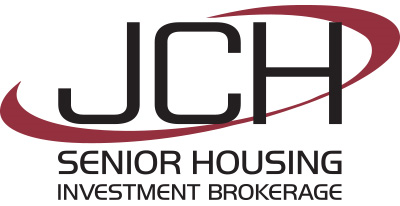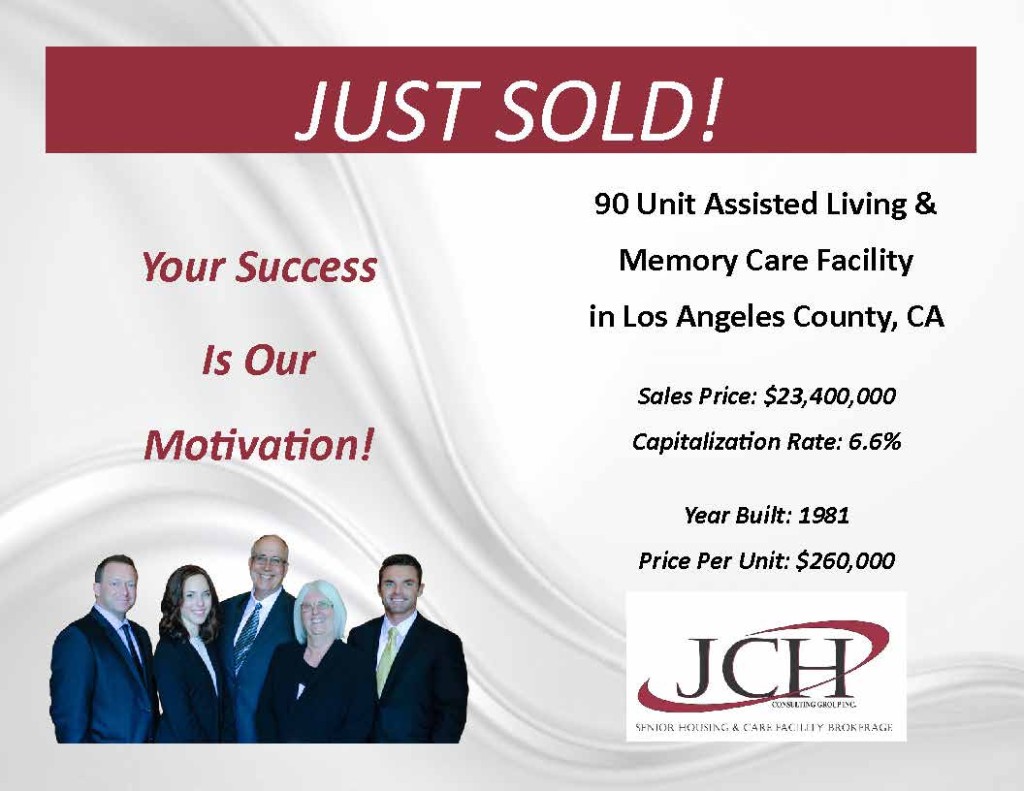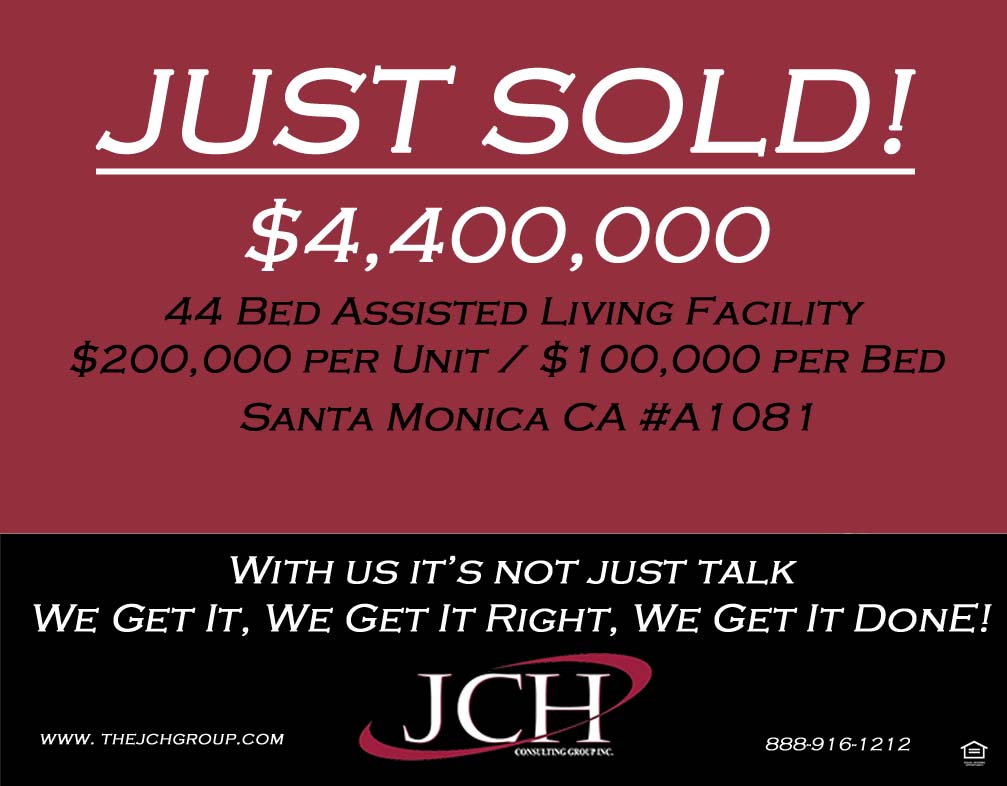Senior Housing Residents
There has been significant publicity regarding the final increase of the minimum wage to $15 an hour. Though many celebrate this unprecedented win for full-time employees, someone must pay the increased cost. Sadly, residents on fixed incomes are the least able to do so and the most likely to have to.
The mandatory increase pushes operators into a tough situation, forcing them to make difficult decisions that benefit no one. The unfortunate reality is that in the senior housing industry, a $15 minimum wage means that, ultimately, the residents will pay in increased fees and rent.
Operators Face Tough Choices
We know the average age of the assisted living resident is 83 and most are placed in assisted living or skilled nursing facilities because they are unable to care for their own healthcare needs. Operators of senior housing facilities will now have their lowest paid full time employees earning $32,000 a year. Since operators are unable to squeeze this money out of all ready dwindling profit margins on their own, they must consider a few different options, most of which will not work.
First, operators could cut down on staffing in general. Unfortunately, this hurts the quality of care provided for the people who need it most. We can all agree that this is not an option that works for anyone involved.
A second option is to reduce the quality of food served to the residents.
Since medical care and nutrition are absolutely crucial for the residents’ well-being, good operators most often choose not to cut costs from these areas. Alternatively the only viable option is to raise the rates the residents pay to generate the additional revenue to absorb this increased cost.
$15 But Not Much Else
Since entry-level employees are receiving this mandatory raise, employees currently being paid $32,000 will begin expecting a raise equivalent to the minimum wage raise, which only exacerbates the problem. With bloated wages, operators need to generate large revenue increases just to keep the senior living facility running.
An additional concern is the new minimum wage may also push employees into higher income brackets. This may disqualify them from insurance subsidies they are receiving. Now that their wages are higher so are their insurance costs. In this scenario, employees may end up with less net pay than they did with the lower wage.
At this time, the government has not announced plans to increase reimbursement rates to cover the higher wages they mandated in Medicaid and Medicare models. Operators are now left with another dilemma to fix within their profit and losses.
With less money to spend on staff members, equipment and other services, no matter how it’s cut, the residents will pay for this change in wage.
Even though all in the senior housing business space face this new challenge, demand remains very high and there is a still a pressing need for quality care.
The JCH Group as Your Skilled Nursing Brokerage
The senior housing industry will always be changing in complex ways. Still, there are plenty of senior living property investments you can make with the right information.
As your first choice investments specialists, the JCH Group team members are available to help you through your choice to buy healthcare properties or list your assisted living for sale.
To reach our assistance, contact us at your will.


